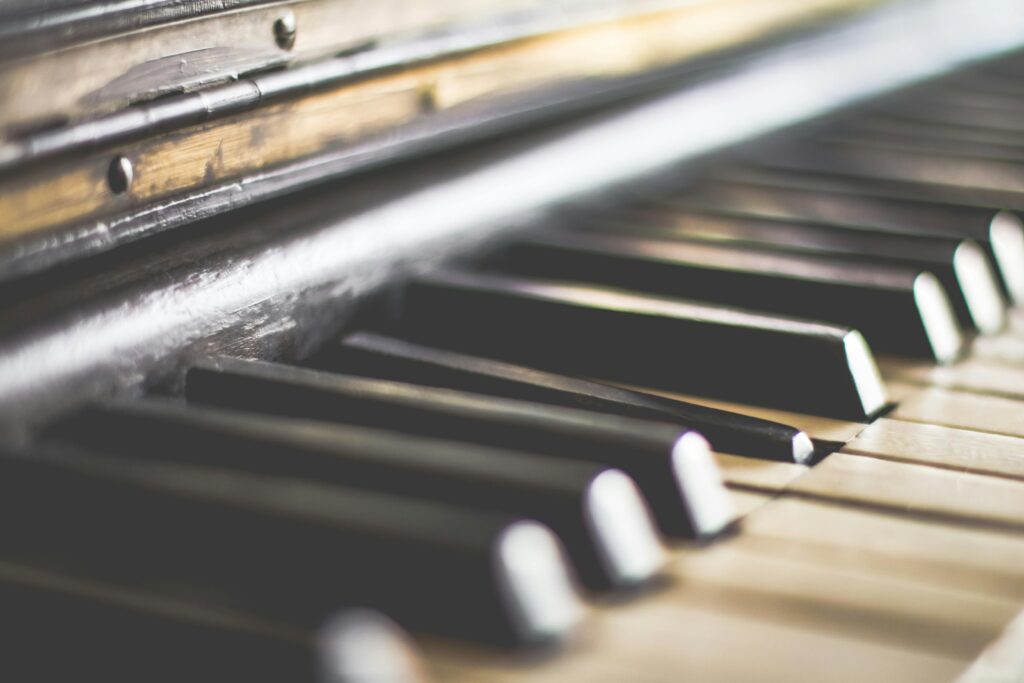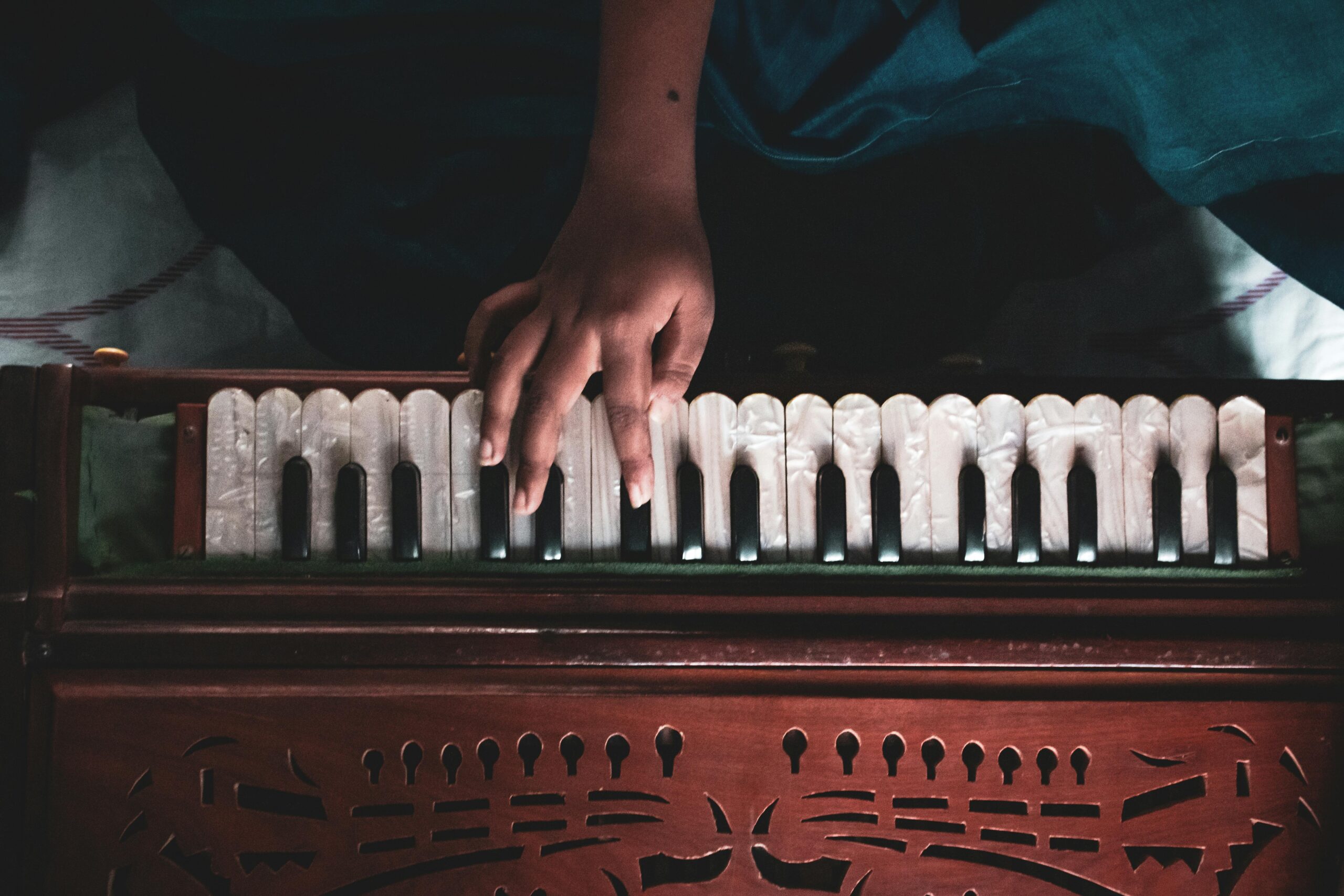Picture this. A little girl, barely tall enough to reach the tabletop, sitting cross-legged on the floor, her wide eyes fixed on an LP spinning slowly on a vintage turntable. As the needle gracefully descended onto the vinyl, the enchanting tunes of Pt. Ravi Shankar’s sitar begins to resonate in the air. The young girl was me, and this was my first introduction to the world of Indian classical music.
The LP collection was a treasure trove in our cosy living room, each record holding the promise of a musical journey to lands unknown. The sarod of Ustad Amjad Ali Khan, the frenzy of Ustaad Zakir Hussain’s tabla, and the ethereal tunes of Ustaad Bismillah Khan’s shehnai all found their way into our humble abode and swept me away to a magical place.
My father, a devoted connoisseur of Indian classical music, believed in nurturing my appreciation for this rich cultural heritage from a tender age. I was nestled in a world where the notes of Indian classical music painted vivid landscapes in my imagination, carrying me to a realm of transcendental beauty.
The LPs of legendary musicians like DV Paluskar, Girija Devi, and Bhimsen Joshi were not mere records but portals to a universe of intricate melodies and timeless ragas. The warm crackle of vinyl, the subtle hiss of the needle, and the ethereal sounds that emanated from those LPs became the soundtrack of my childhood.
As I sat there, my tiny fingers often caressed the LP covers, feeling the artwork’s texture as if it held the very essence of the music within. My father’s appreciation for this art form was contagious, and I eagerly soaked in every note, every rhythm, and every nuance that filled our home. Little did I know that this early exposure to the world of ragas and talas would eventually find an unexpected resonance in my career in writing.
At the heart of Indian classical music lies a profound connection between the artist and the audience—a connection built on discipline, creativity, and the intricate interplay of various musical elements. Interestingly, as I ventured into the writing world, I began to notice striking parallels between these two seemingly diverse worlds.

The Alaap – Setting the Tone
Much like the alaap, the slow and meditative introduction that marks the beginning of an Indian classical music performance, the opening paragraphs of a piece of a long-form piece, serve as the tone-setter. Just as the alaap captures the listener’s attention and prepares them for the musical journey ahead, the introduction in content writing captivates the reader. It paves the way for the message that follows.
The Jhala – Building Momentum:
The jhala in classical music, with its high-energy tempo and skilful improvisations, parallels the need in content writing to build momentum and hold the reader’s interest. This is where compelling arguments, anecdotes, or statistics are introduced, adding depth and vibrancy to the content.
The Jhor – Finding the Flow:
The jhor establishes a rhythmic flow, just as transitioning smoothly between ideas ensures that the reader remains engaged and can follow the narrative effortlessly in content writing. It’s about maintaining a logical and coherent progression.
Hitting the Right Notes – Precision and Clarity:
Just as a musician aims for precision and clarity in each note, a writer must choose words and phrases carefully to convey the message accurately. Hitting the right notes in content writing means using language that resonates with the audience, ensuring clarity and coherence.
Flowing with the Raga – Adapting to the audience:
Artists adapt their performance to the chosen raga, much like content writers adapt their writing style to the target audience. Understanding the audience and tailoring the content is essential in music and writing.
Ending with a Crescendo – Leaving a Lasting Impression:
Just as a compelling musical performance concludes with a powerful crescendo that lingers in the listener’s mind, the conclusion in content writing is equally vital. It should leave a lasting impression, whether a thought-provoking statement, a call to action, or a memorable closing line.
So, the next time you find yourself immersed in a piece of music or enjoying well-crafted content, take a moment to appreciate the intricate similarities in their treatment. Like an alaap that gently unfolds, jhala that quickens the pulse, jhor that deepens the story, and the crescendo that triumphantly concludes, both Indian classical music and a good piece of writing is a writer’s attempt like that of a musical maestro is to establish an everlasting connection with the audience.











